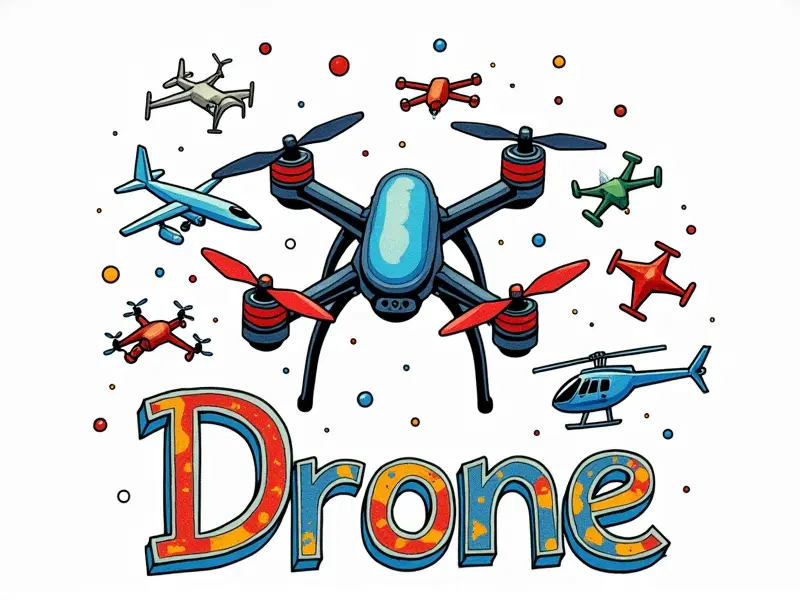What is a FPV camera?

Understanding FPV Cameras
An FPV (First Person View) camera is an essential component in the world of drone racing and aerial photography. It enables pilots to see what their drones are seeing, providing real-time video feedback that enhances control and maneuverability. The primary function of an FPV camera is to transmit a live feed from the drone's perspective, allowing users to experience flight as if they were sitting on board.
Why Use an FPV Camera?
The benefits of using an FPV camera are numerous:
- Enhanced Control: Real-time video feedback improves the pilot's ability to navigate and control the drone accurately.
- Better Maneuverability: With a direct view, pilots can perform complex maneuvers with ease.
- Improved Aesthetics: FPV cameras capture high-quality video footage that is visually stunning for aerial photography and videography.
Setting Up Your FPV Camera
Proper setup of an FPV camera involves several steps to ensure optimal performance:
- Selecting the Right Mount: Choose a mount that fits your drone’s frame securely and allows for easy installation.
- Connecting the Camera: Connect the camera to the drone's power source and video transmitter.
- Tuning Video Transmission: Adjust settings such as frequency, channel, and bandwidth for clear and stable transmission.
Choosing the Right FPV Camera
Selecting an appropriate FPV camera depends on your specific needs:
- Budget Considerations: Determine how much you are willing to spend based on features and performance requirements.
- Purpose of Use: Decide whether the camera will be used for racing, photography, or general flying.
- Compatibility with Gear: Ensure the camera is compatible with your drone’s frame and transmitter.
How Does an FPV Camera Work?
An FPV camera works by capturing video feed from the drone's perspective. This feed is transmitted wirelessly to a receiver, which sends it to a monitor or goggles worn by the pilot. The key components include:
- Camera Module: Captures real-time footage.
- Video Transmitter (VTx): Sends video signals from the camera to the receiver.
- Receiver: Decodes and transmits signals to a display device such as goggles or monitor.
FPV Camera Basics for Beginners
If you are new to FPV technology, here are some essential concepts:
- Framerate (FPS): Determines the smoothness of video transmission. Higher FPS results in smoother visuals.
- Field of View (FOV): Affects how much of the environment can be seen by the camera, influencing maneuverability and control.
- Latency: The delay between when an event occurs on the drone and when it is displayed to the pilot. Lower latency provides better performance.
FPV Camera Features Demystified
Understanding these features can help you choose the best FPV camera for your needs:
- Digital Signal Processing (DSP): Enhances image quality and reduces noise in low-light conditions.
- Mechanical Shutter: Provides clearer images by preventing rolling shutter artifacts.
- Image Stabilization: Compensates for camera movement, resulting in smoother video footage.
Best FPV Camera Options Today
The market offers a variety of high-quality FPV cameras suitable for different applications:
- Runcam Split Mini 300: Known for its compact size and excellent image quality.
- TBS Unify Pro Blackbox: A versatile camera with a wide range of features, including advanced signal processing.
- Whoop V2 Camera: Ideal for racing drones due to its small form factor and high performance.
FPV Camera Setup Guide
To set up your FPV camera effectively:
- Mount the camera securely on your drone, ensuring it is centered and aligned properly.
- Connect the video transmitter to the camera and power source.
- Tune the video transmission settings for optimal clarity and range.
FPV Camera Features Explained
Dive deeper into some key features:
- H.264 Compression: Reduces file size while maintaining image quality, essential for efficient data transmission.
- MJPEG Mode: Offers lower latency but may result in slightly reduced video quality compared to H.264.
- IR Cut Filter: Enhances color accuracy by filtering out infrared light.
Conclusion
In summary, an FPV camera is a vital tool for drone enthusiasts, providing real-time video feedback that enhances control and maneuverability. By understanding the basics of how these cameras work and selecting the right features based on your needs, you can optimize your flying experience significantly. Whether you are into racing or aerial photography, investing in a high-quality FPV camera will undoubtedly elevate your drone operation to new heights.

